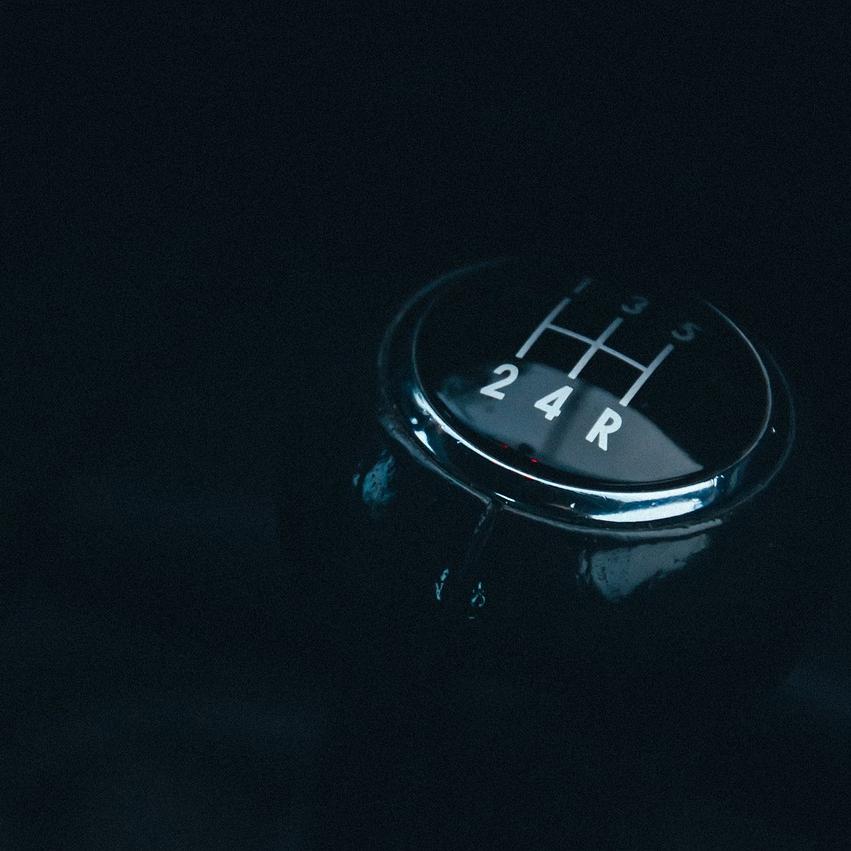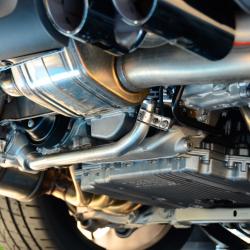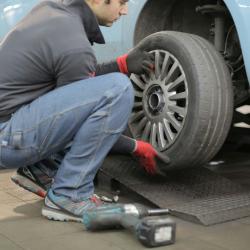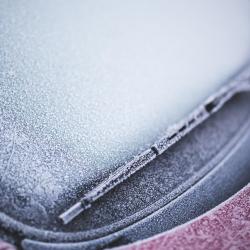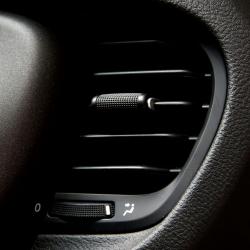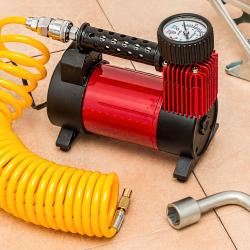Signs Your Car Needs a Transmission Flush and How to Do It
Owning a car requires regular maintenance to ensure it runs smoothly and efficiently. One often-overlooked maintenance task is the transmission flush. The transmission is a vital component of your vehicle, and keeping it in good condition is crucial for your car's performance and longevity. Here, we’ll explore the signs that your car may need a transmission flush and provide a step-by-step guide on how to do it.
Signs Your Car Needs a Transmission Flush
-
Strange Noises: If you hear whining, grinding, or other unusual noises when your car is in gear, it may indicate that the transmission fluid is dirty or contaminated. Clean fluid ensures that the transmission operates quietly and smoothly.
-
Slipping Gears: A transmission that slips out of gear or hesitates when shifting can be a sign that the fluid is not providing the necessary hydraulic power to maintain the gears. This can be due to old or low-quality transmission fluid.
-
Delayed Gear Engagement: If there is a delay before your car moves after shifting into gear, it could mean the transmission fluid is not flowing properly. This delay is often due to debris or sludge buildup in the fluid.
-
Unusual Odors: If you detect a burnt smell while your car is running, it may be a sign that the transmission fluid is old and has lost its ability to cool and lubricate the transmission effectively.
-
Leaking Fluid: Transmission fluid leaks are a clear sign that your car needs attention. If you notice red or brown puddles under your car, it’s crucial to check the transmission fluid level and condition.
-
Warning Light: Many modern cars have a transmission warning light. If this light illuminates, it could be a sign that the transmission fluid is due for a change.
How to Perform a Transmission Flush
Before undertaking a transmission flush, ensure you have the necessary tools and materials, such as a jack and jack stands, a catch pan, new transmission fluid, and a funnel. Consult your vehicle’s owner manual for specific instructions and fluid recommendations.
Step-by-Step Guide
-
Warm Up the Engine: Start your car and let it run for a few minutes to warm up the transmission fluid. Warm fluid drains more easily and carries away more contaminants.
-
Lift the Vehicle: Use a jack to lift the front of your car and secure it with jack stands. Ensure the car is stable before proceeding.
-
Locate the Transmission Pan: Find the transmission pan underneath your vehicle. Place a catch pan beneath it to collect the old fluid.
-
Drain the Old Fluid: Remove the transmission pan bolts carefully. Allow the fluid to drain completely. This process may take several minutes.
-
Remove and Clean the Pan: Once drained, remove the pan completely. Clean it thoroughly to remove any residue or metal shavings that may have accumulated over time.
-
Replace the Filter: If your vehicle has a transmission filter, replace it at this time. A clogged filter can impede fluid flow and reduce transmission efficiency.
-
Reattach the Pan: Secure the transmission pan back in place, ensuring it is properly aligned and the bolts are tightened to the manufacturer's specifications.
-
Add New Fluid: Use a funnel to add the new transmission fluid. Refer to your owner’s manual for the correct type and amount of fluid required.
-
Check Fluid Level: Start the car and let it run for a few minutes. Shift through all the gears to help the new fluid circulate. Check the fluid level using the transmission dipstick and add more fluid if necessary.
-
Dispose of Old Fluid Properly: Take the old transmission fluid to a recycling center or automotive store that accepts used oil and fluids.
Conclusion
Regular maintenance of your transmission system, including periodic flushes, can prevent costly repairs and extend the life of your vehicle. By recognizing the signs of transmission issues and knowing how to perform a transmission flush, you can keep your car running smoothly and efficiently. Always consult your vehicle’s owner manual and consider seeking professional assistance if you are unsure about performing a transmission flush yourself.
